Preparing Your Travel to Malta
Finding a Flight to Malta
Finding a flight to Malta is very simple. Malta has only one airport, making it impossible to go wrong. The Malta International Airport is located in Luqa town, at the center of the island. Currently, 25 airlines operate daily flights arriving and departing from Malta Airport, including many “low-cost” carriers such as easyJet, Ryanair, Transavia, and Vueling. The national airline is called KM Malta Airlines (formerly Air Malta).
It is common to see the name Valletta Airport in search engines, which is a misnomer; there is no airport in Valletta, it actually refers to Luqa Airport.
To find a flight to come to Malta, the easiest way is to use a travel search engine. We recommend using Skyscanner, as it allows searches with flexible dates to find the best-priced flights.
Booking Accommodation or a Hotel
If you plan to stay in a hotel in Malta, we recommend using traditional platforms such as Booking or Expedia. Prices are generally lower than those offered on the hotel websites. Do not waste time contacting hotel receptions to negotiate prices; it almost never works unless you are traveling in a group of more than 10 people. Hotels in Malta are large complexes with a lot of traffic, and receptionists do not have the authority to alter prices; they will refer you to the rates posted on their website.
To find a hotel, we invite you to check out our selection of the best hotels by category. To find the hotels in Malta with the best value for money, we advise focusing your search on the Mellieħa area or Saint Paul’s Bay (San Pawl il-Baħar). The Sliema/Saint Julian’s area, on the other hand, is the most dynamic and festive, but also the area with the highest hotel prices.
Transportation and Getting Around in Malta
Malta is an archipelago consisting of three main islands: Malta, Gozo, and Comino. The total area of Malta is only 316 km², and the main island is just 27 km long. Therefore, it is very easy to reach any point within the archipelago.
Getting Around in Malta
By Bus
The bus is the most economical solution for getting around within Malta. The network is extensive and serves the main locations of the archipelago. However, it is important to note that the network is often saturated, and buses are frequently delayed. A bus ticket costs 1.5 euros off-season and 2 euros during summer, and can be purchased directly from the driver. Passes are also available; you can find all the information on the Public Transport website.
Car Rental
Renting a car is very popular in Malta and offers more flexibility, as some tourist sites are difficult to access by bus. Renting is straightforward: you can choose your vehicle on Rentalcar and pick it up at the airport.
Chauffeur Services
Chauffeur-driven vehicles are very popular in Malta. Traditional taxis (white taxis) are rarely used and not recommended for travelers due to their poor reputation. The three main ride-hailing companies in Malta are Bolt, Uber, and eCabs. To call a driver, you will need to download one of the apps, and rates are always indicated before the trip. A trip from the airport to Valletta costs on average about fifteen euros.
Getting to Gozo
To get to Gozo, Malta’s secondary island, you will need to take the ferry from the pier located at Ċirkewwa, at the northern tip of Malta. The crossing lasts about twenty minutes, and you can find all the corresponding information on the Gozo Channel website.
Getting to Comino
To get to the island of Comino, highly sought after for its Blue Lagoon, several options are available. The most economical is to take a sea shuttle from the pier at Ċirkewwa. Companies such as Comino Ferries offer regular departures. The crossing usually lasts 25 minutes, and a round-trip ticket costs 15 euros.
Another option is to take part in an organized cruise. Many cruise options for Comino are available from various points of the archipelago. The cruises generally cost between 20 and 50 euros per person.
Things to see and Activities in Malta
The island setting coupled with a rich historical past makes Malta a unique tourist destination highly favored by travelers.
Must-See Attractions
Depending on the length of your stay and your interests, there are a number of must-see sites to include in your Malta travel journal. Culturally, Malta is especially famous for its fortified capital (Valletta) and its Neolithic archaeological sites, both listed as UNESCO World Heritage Sites. Malta is also popular for its numerous geological sites carved into limestone.
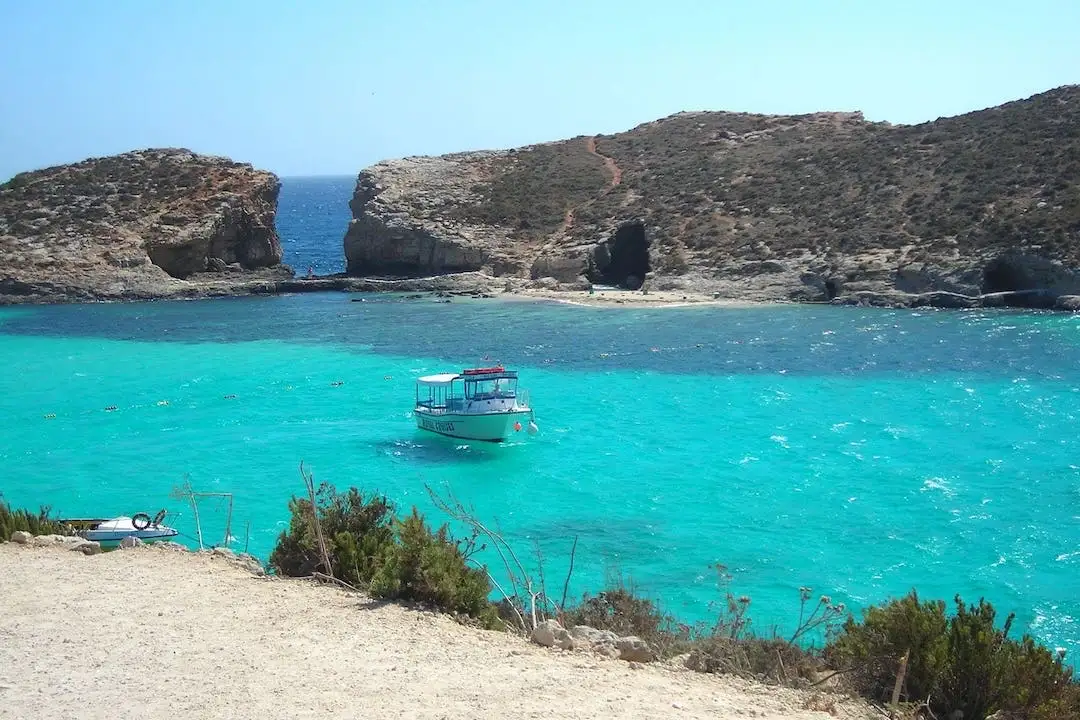
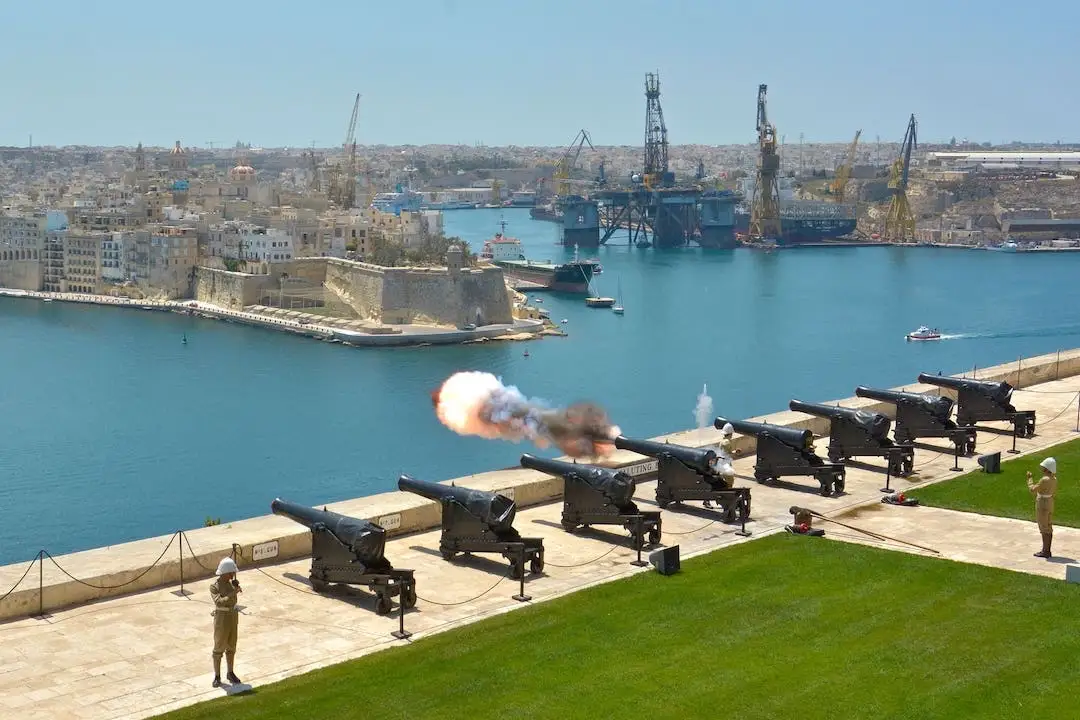
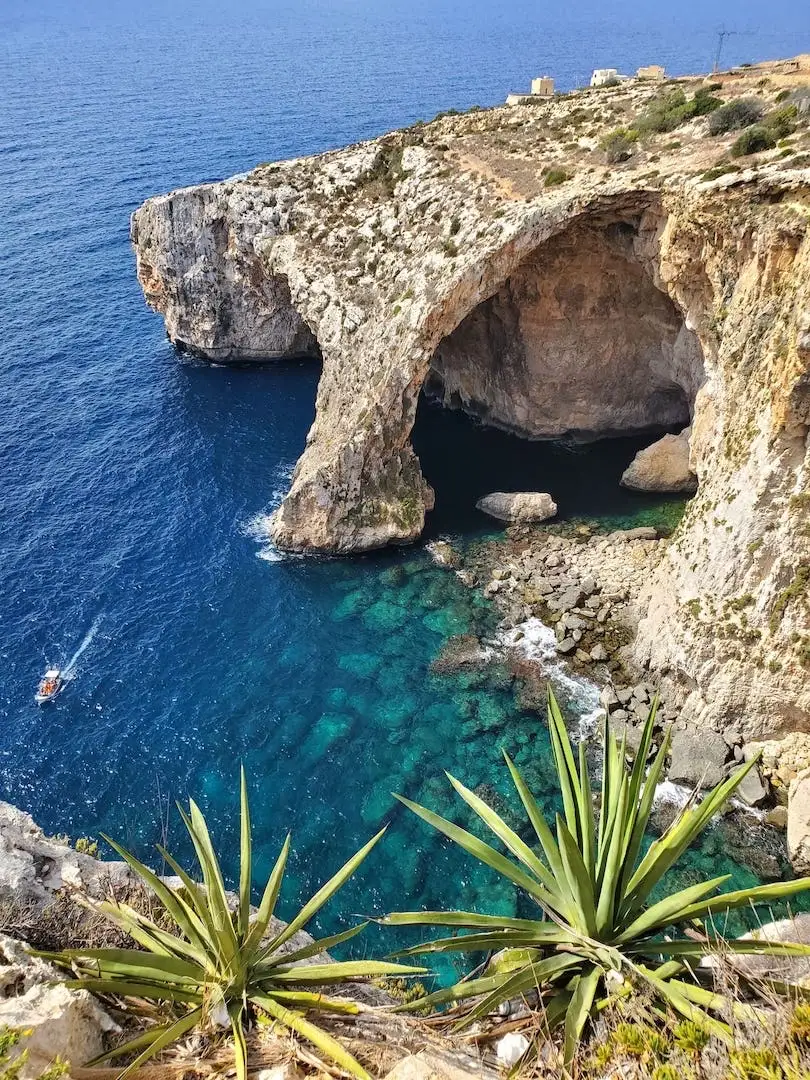
Main Attractions in Malta
- Valletta
- Blue Lagoon
- Blue Grotto
- Ħaġar Qim Temples
- Mdina (L-Imdina)
- Gozo
- Dingli Cliffs
- The Three Cities (Senglea, Cospicua, and Vittoriosa)
- Saint Peter’s Pool
- Marsalforn Salt Pans
- Wied il-Mielaħ Window
- Ta’ Cenc Cliffs
- Marsaxlokk Village
For a comprehensive experience, we recommend checking the list of key visits and things to see in Malta.
Activities to Plan in Malta
With its historical wealth, sunny Mediterranean climate, and island character, Malta is a top vacation destination offering both cultural activities and leisure, sports, and nautical adventures.
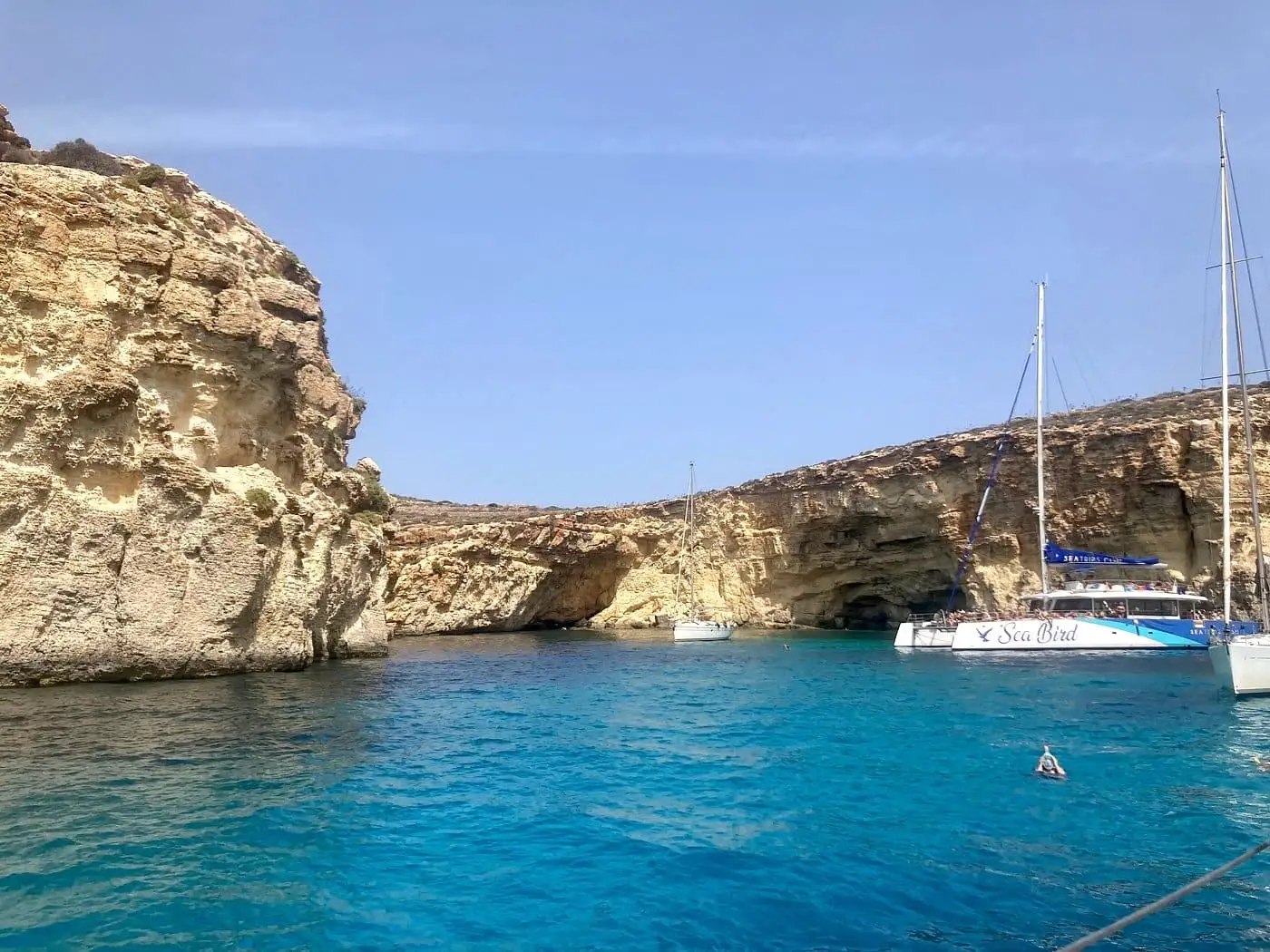

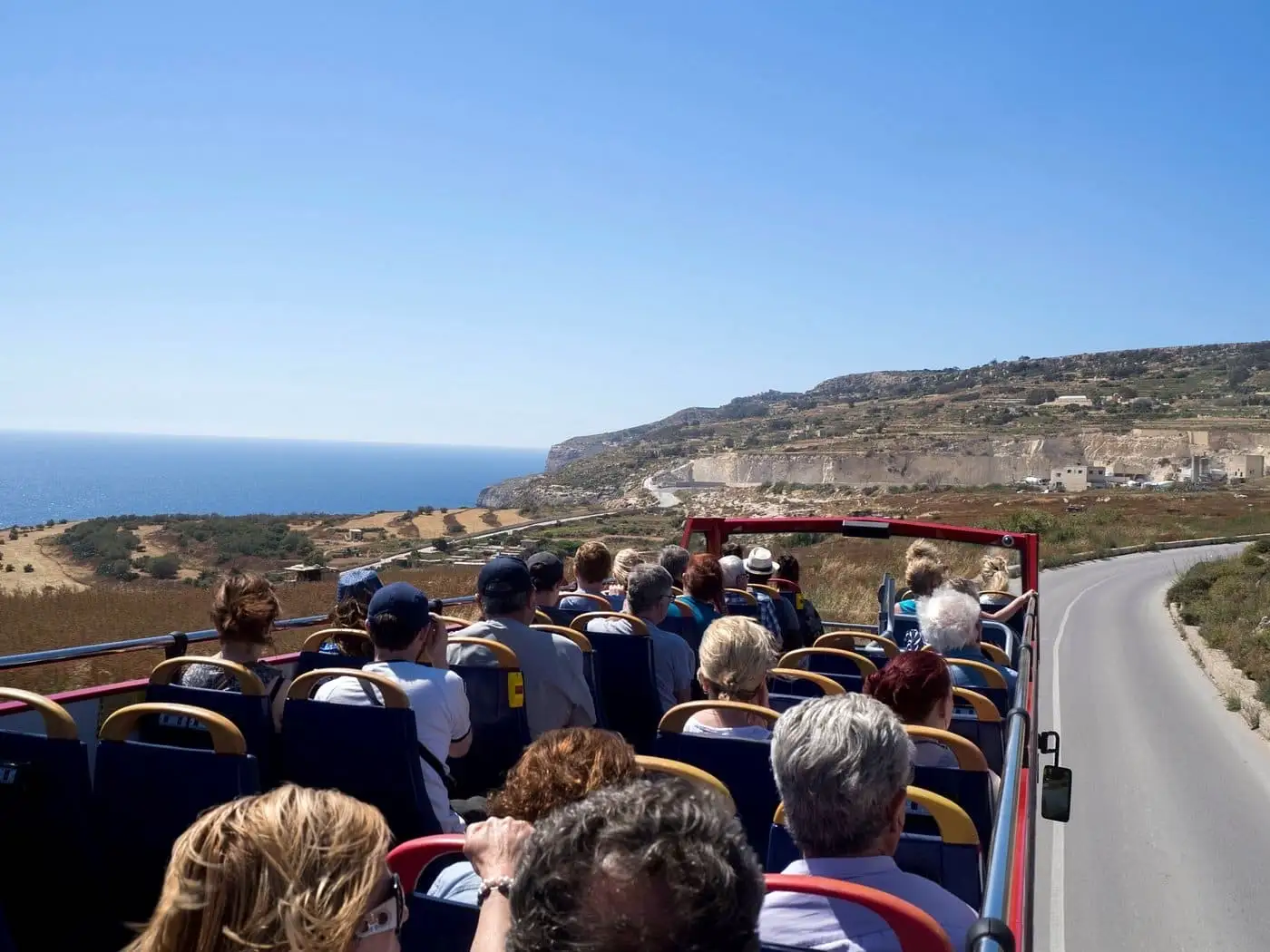
From scuba diving, sightseeing bus tours, boat trips, to visiting Maltese vineyards, there’s no shortage of activities in Malta. To book your activities, we recommend using Viator or Getyourguide. If you’re looking for activity ideas, consider reading the dedicated article on activities in Malta.
Traveler Information
Essential information before planning a trip to Malta as well as answers to the main questions that travelers may have.
What documents are needed to travel to Malta?
For citizens of the European Union (French, Spanish, Belgians, etc.) and/or the Schengen Area (Switzerland) as well as for UK nationals, you will need a national identity card or a valid passport to travel to Malta. A driver’s license is not considered valid identification. For European Union citizens, it is also advisable to carry the European Health Insurance Card in case of medical issues during the stay.
What is the currency used in Malta?
The official currency of Malta is the euro (€). Malta adopted the euro as its national currency on January 1, 2008.
What language is spoken in Malta?
There are officially two languages used in Malta: Maltese and English. Maltese is considered the national language, however, English is the most widely used language in practice.
Are vaccinations required to travel to Malta?
There are currently no medical recommendations or requirements for European nationals wishing to travel to Malta. However, it is advisable to check legal obligations on the Maltese Ministry of Health website before traveling. Significant restrictions had been applied on the archipelago during the coronavirus crisis, but they are no longer in effect.
Is Malta a safe country?
Malta is a safe country with one of the highest security levels in Europe and the world. The level of security in Malta is higher than in countries such as France, Belgium, the United Kingdom, or Spain. No particular precautions are needed during the day, although it is advisable to be vigilant in the nightlife areas of Paceville and Bugibba.
What is the best time to travel to Malta?
You can travel to Malta all year round as the archipelago enjoys a Mediterranean climate, mild in winter and hot and dry in summer. Although the summer period is the most touristic, spring (from April to June) and autumn (from September to October) are recommended times to visit. These seasons offer a pleasant climate, with already warm temperatures, fewer tourist crowds, and lower prices compared to the summer months.
Is there a time difference in Malta?
Malta is in Southern Europe, and the time zone for the “Malta” geographic area is UTC+2 during summer and UTC+1 during winter. Therefore, there is no time difference between Malta and countries like France, Germany, Spain, Belgium, Switzerland, or Italy. However, there is one hour more in Malta compared to the United Kingdom, Ireland, or Portugal.
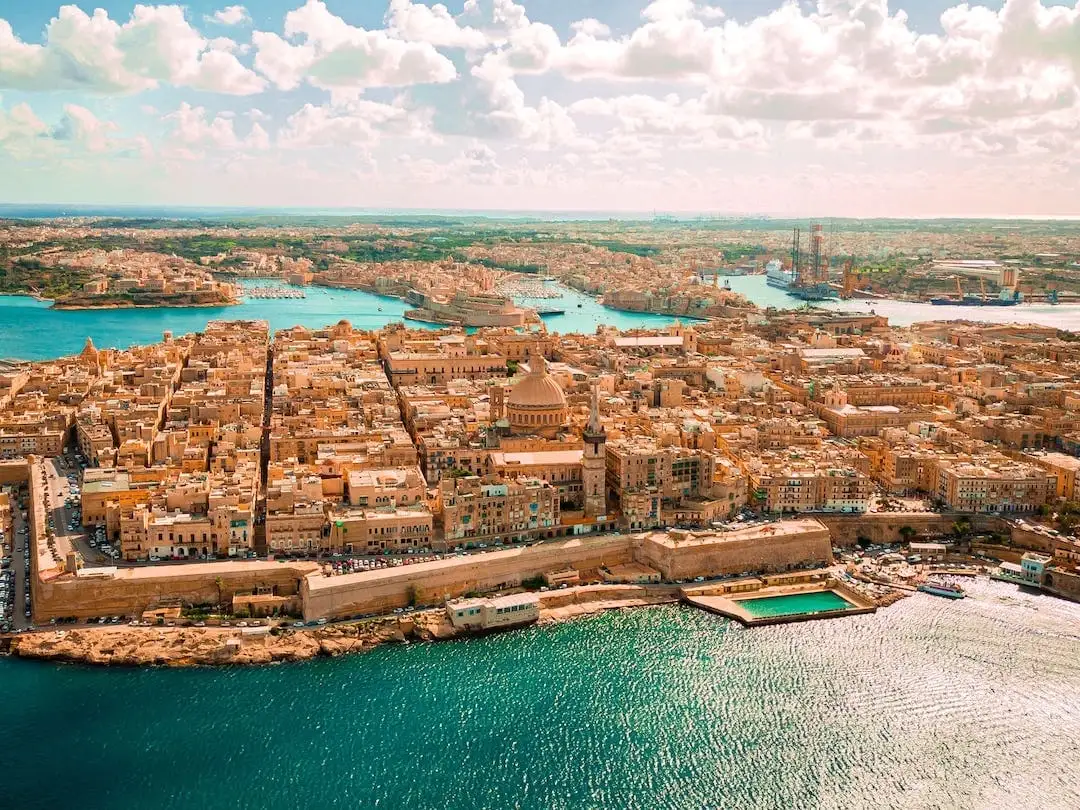
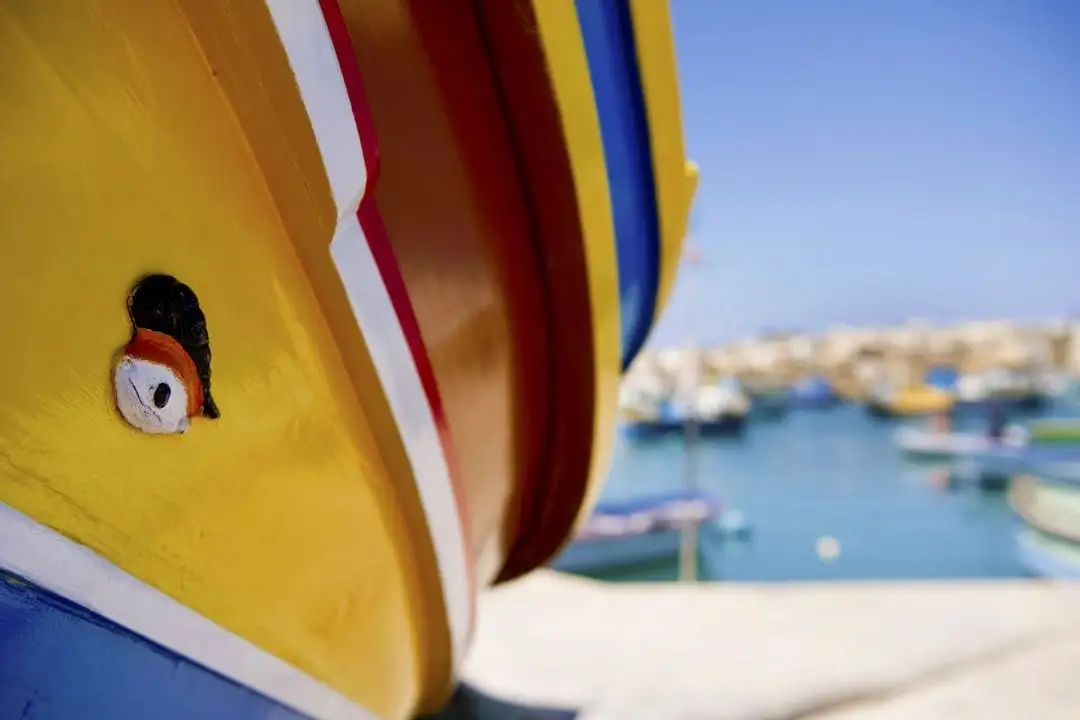
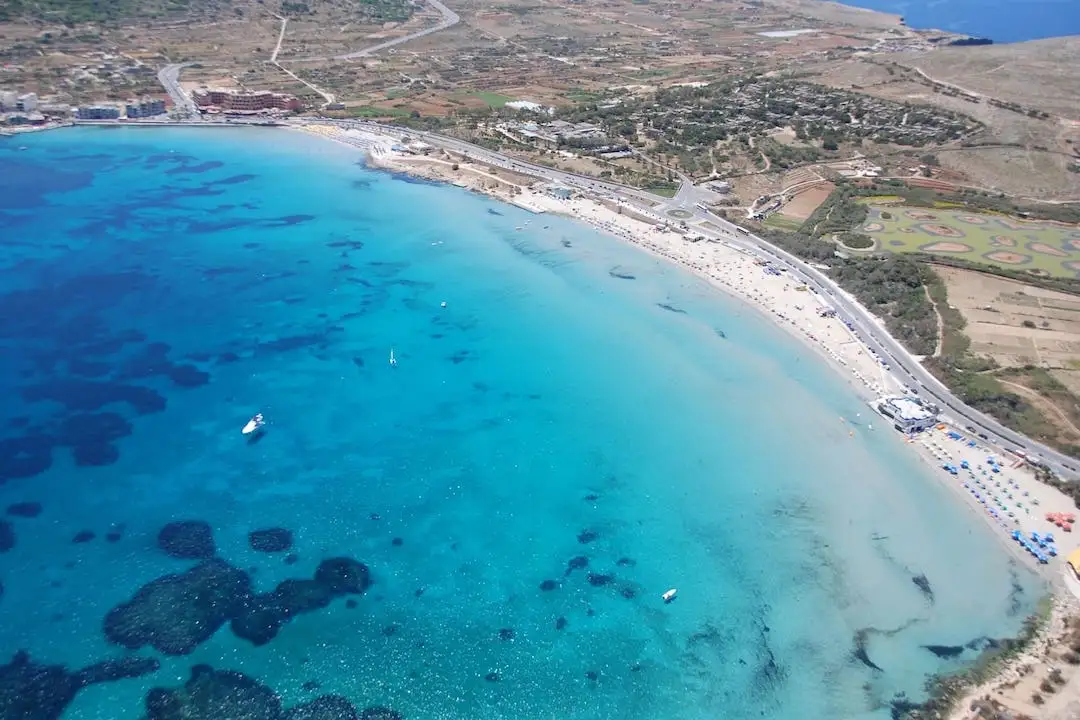
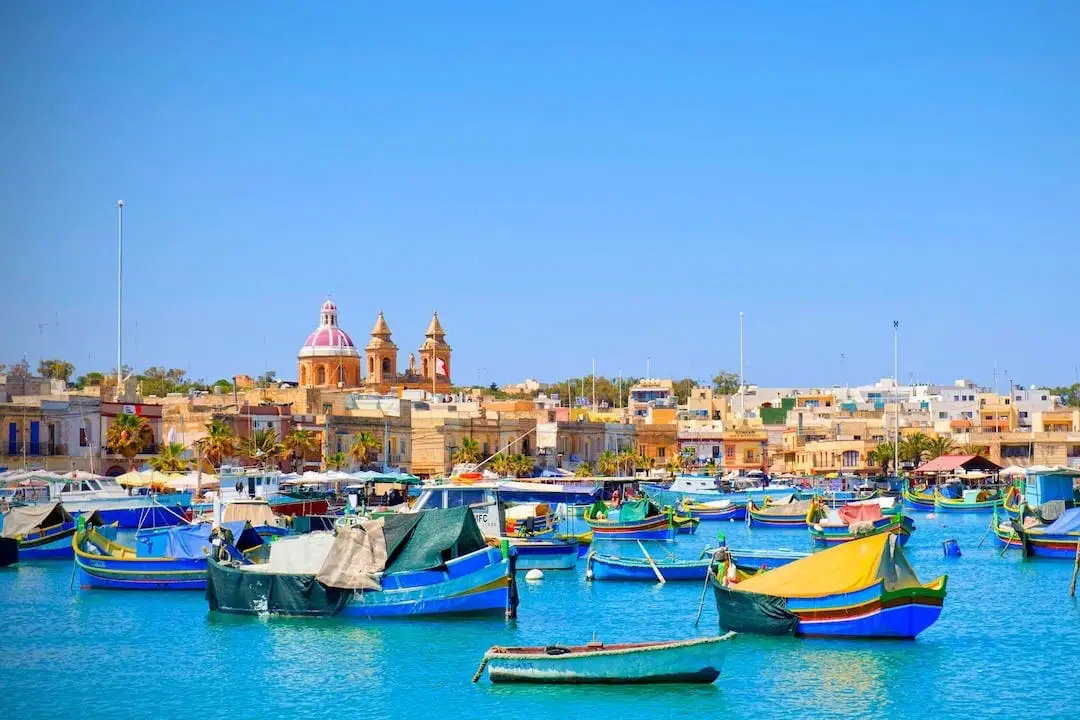
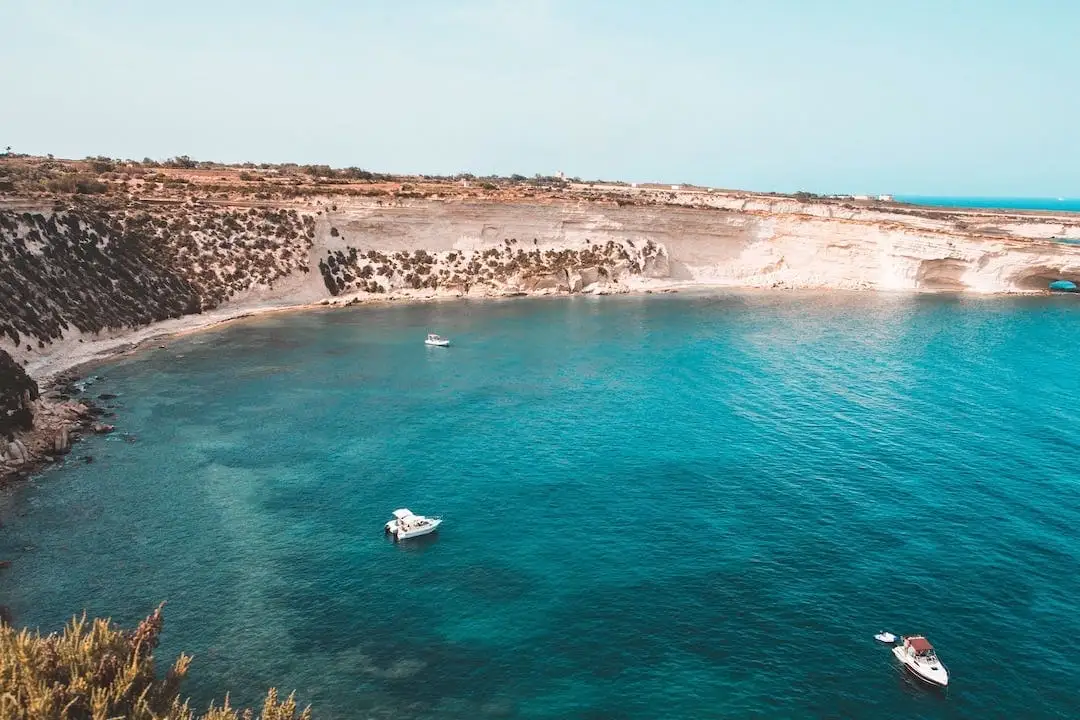
Flights, accommodations, activities, transport, tours: discover all the key information and useful links to plan your travel to Malta.